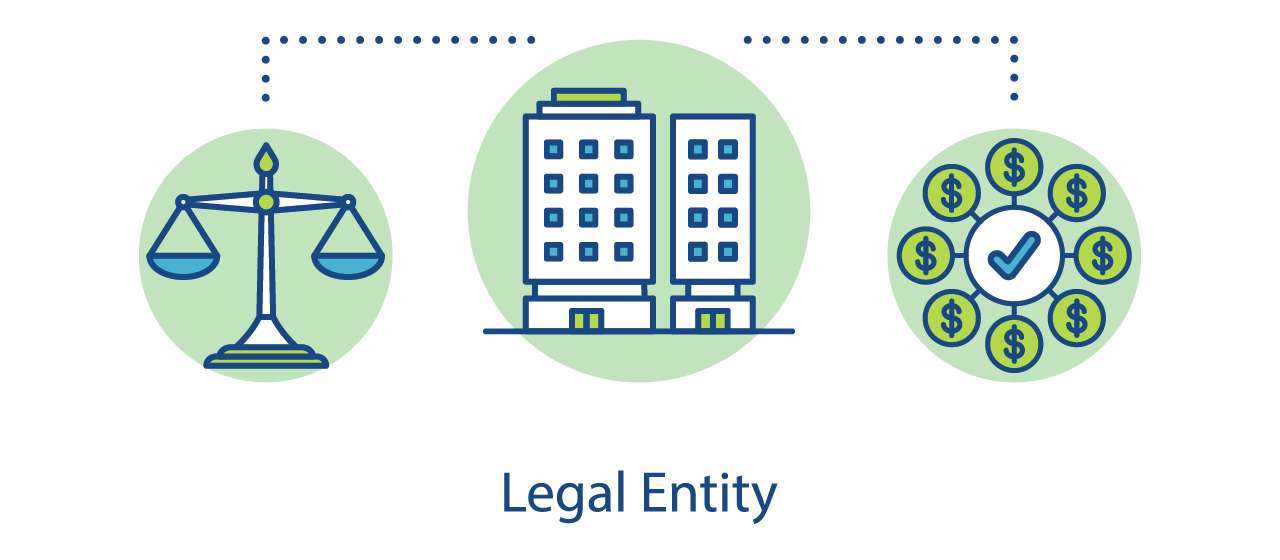The New “Digital Nomad”: Working Across Borders and the US/UK Tax Traps
Muhammad Zeeshan
June 11, 2025
In today’s increasingly globalized world, a new kind of professional has emerged — one who splits their time and work between countries, seamlessly moving between continents while staying productive and connected. These modern “digital nomads” aren’t just backpackers freelancing on beaches. Many are high-earning employees or entrepreneurs living part-time in the US and UK, working remotely for companies based in either (or both) countries.
But with this new freedom comes a complex and often misunderstood web of tax, immigration, and employment law challenges. For individuals and their employers, understanding the potential pitfalls is critical — especially when it comes to permanent establishment risks, employer withholding nightmares, and a lack of formal immigration pathways for remote workers.
1. The Rise of the Transatlantic Remote Worker
The Covid-19 pandemic normalized remote work and gave rise to long-term remote and hybrid models. With family, business interests, or lifestyle preferences across the US and UK, many professionals now spend part of the year in each country. Some are dual citizens or visa holders; others travel under work permits, visitor rules, or — mistakenly — assume “digital nomad” status protects them legally.
But in the UK, that’s a myth.
2. The UK’s Immigration Gap: No “Digital Nomad” Visa
Unlike countries such as Portugal, Estonia, or Barbados, the UK has no dedicated visa route for digital nomads. This creates a critical legal blind spot for remote workers.
What This Means:
- If you are not a British citizen or visa holder, and you enter the UK on a Standard Visitor visa, you cannot legally work — even remotely.
- Working for a foreign employer while physically present in the UK may breach immigration rules, even if no UK clients or income are involved.
- There is no specific provision for remote workers, which means individuals often operate in a grey area, risking visa cancellation or future travel bans.
This makes it essential for US-based workers (especially W-2 employees) to ensure they are legally present under the right immigration status — typically via spousal visas, ancestry visas, or sponsored work routes.

3. The Hidden Risk: Permanent Establishment (PE)
A key concern for employers is the Permanent Establishment (PE) concept. Under tax treaties like the US-UK Double Taxation Convention, if a business is deemed to have a PE in another country, it may become liable to pay corporation tax in that jurisdiction.
How It Happens:
If an employee:
- Regularly works from the UK for a US company (or vice versa),
- Has authority to conclude contracts,
- Provides key managerial services, or
- Represents a fixed place of business,
…then that country might claim the foreign company now has a taxable presence there.
Bottom line: Without careful structuring, an innocent remote work setup can expose a company to unexpected tax compliance obligations in a foreign country.
4. Payroll and Withholding Chaos
For companies that allow employees to work across borders, withholding and social security contributions become a labyrinth of complexity.
Key issues:
- Which country’s payroll system applies?
- How do you handle employer contributions for national insurance (UK) or FICA (US)?
- Are there tax treaty exemptions — and how do you apply them correctly?
Who is liable if things go wrong — the company or the employee?
5. The W-2 Employee in the UK: A Hidden Burden
Let’s get specific: imagine a US citizen employed by a US company, paid via W-2, who lives and works full-time in the UK.
At first glance, it might seem simple. The employer withholds US federal and state taxes, reports income on a W-2, and provides a salary like any domestic employee. But if that employee performs their work physically in the UK, HMRC considers that income earned in the UK, and it is subject to UK income tax and National Insurance (NI).
Here’s where it gets thorny:
- If the US employer does not run a UK payroll or register for UK PAYE (Pay As You Earn), the employee is on the hook.
- The individual must register as their own payroll agent — effectively treating themselves as both employer and employee under UK law.
- They must calculate and remit their own income tax and National Insurance contributions, often monthly, using the UK RTI (Real-Time Information) system.
- They are also potentially responsible for employer NICs (currently 13.8% of salary above the secondary threshold), because HMRC expects someone to pay — and it defaults to the person physically present and performing the work.
This is not optional. Failing to do so risks penalties, interest, and in extreme cases, criminal sanctions.
Even if the US company continues to issue a W-2 and withhold US taxes, this does not satisfy HMRC obligations — and the employee cannot simply wait to resolve it at tax return time. It is a real-time payroll obligation, which is uniquely burdensome for individuals to manage without support.
6. Double Taxation Woes (And How Treaties Help — Sometimes)
Working in both the US and UK can lead to double taxation unless relief is claimed under the US-UK tax treaty. But the devil is in the details:
- US Citizens and Green Card Holders are always taxed by the IRS on worldwide income, even if they live in the UK full time.
- The UK taxes based on residency, which can become surprisingly easy to trigger under the UK Statutory Residence Test (SRT).
- Relief mechanisms like foreign tax credits and treaty exemptions can mitigate double taxation, but they are paperwork-intensive and require expert navigation.
7. What Employers and Employees Should Do Now
For Employers:
- Conduct a tax presence risk review before allowing remote work from another country.
- Avoid PE risk by restricting contract-signing authority and other executive powers abroad.
- Consider using a UK or US entity (or an EOR) if regular overseas work is expected.
- Stay informed on immigration, employment, and social security regulations in both countries.
For Employees:
- If working in the UK, confirm whether your employer is handling UK PAYE. If not, get urgent advice on registering to pay your own payroll taxes.
- Ensure your immigration status permits remote work — the UK’s visitor rules do not allow this.
- Keep detailed travel and work location logs to track tax residency days.
- Engage a cross-border tax advisor to file correctly in both countries.
- Don’t assume your employer is handling everything — you’re liable for your own compliance.
Conclusion: Freedom With Friction
The rise of global remote work is reshaping the future of employment. But for those splitting time between the US and UK, the road is paved with legal and tax minefields — especially given the UK’s lack of a formal digital nomad route and HMRC’s aggressive enforcement of residency-based tax.
For professionals and their employers, this isn’t just a question of convenience. It’s a matter of staying compliant, avoiding penalties, and preserving the right to live and work where they choose. Digital freedom is possible — but only if matched with digital responsibility.
Complex Cross-Border Tax Rules? We’re Here to Help
Have Any Question?
Consult Our Expert Tax Consultants for your Cross-Border Taxes!
- +44 (0)2034354425
- info@harrisonswift.com
Categories
Our Blog
Latest Blog & Articles
The New “Digital Nomad”: Working Across Borders and the US/UK Tax Traps
The New “Digital Nomad”: Working Across Borders and the US/UK Tax Traps Muhammad Zeeshan June 11, 2025 Tax In...
Setting Up a UK Business as a US Person: Legal Entity Pitfalls
Setting Up a UK Business as a US Person: Legal Entity Pitfalls Muhammad Zeeshan June 11, 2025 Tax For...
Phantom Gains: When FX Movements Create Unexpected Tax Bills
Phantom Gains: When FX Movements Create Unexpected Tax Bills Muhammad Zeeshan June 11, 2025 Tax For many US/UK taxpayers,...



